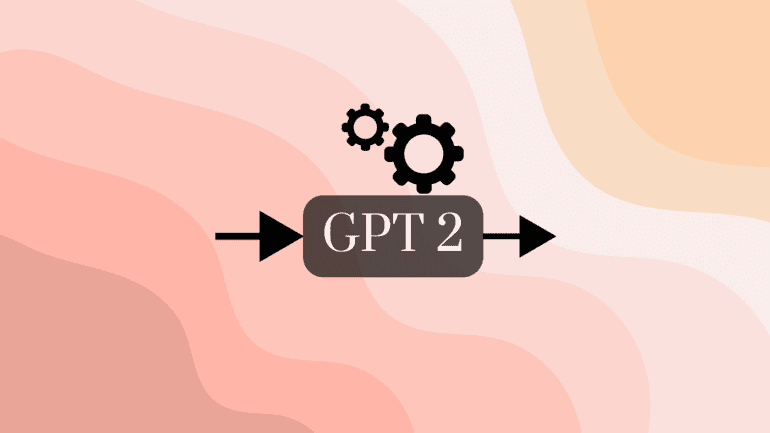TL;DR:
- Researchers investigate the universality of individual neurons in GPT-2 language models.
- Activation correlations are used to measure consistency in neuron activation across different models.
- Only a small percentage (1-5%) of neurons exhibit universality.
- Universal neurons exhibit distinct characteristics in weights and activations, categorized into different families.
- These neurons often have action-like roles within the model.
- Potential for ensemble-based improvements in model robustness and calibration.
- Study limitations include focusing on smaller models and specific universality constraints.
Main AI News:
As Large Language Models (LLMs) continue to take center stage in high-stakes applications, the imperative to grasp their decision-making processes becomes paramount in order to mitigate potential risks. The innate opacity of these models has spurred interpretability research, harnessing the distinctive advantages of artificial neural networks—observability and determinism—for empirical scrutiny. A comprehensive grasp of these models not only enriches our knowledge but also expedites the advancement of AI systems aimed at minimizing harm.
Building on the notion of universality in artificial neural networks, particularly as advanced by Olah et al. (2020b), a recent study conducted by researchers hailing from MIT and the University of Cambridge embarks on a journey to explore the universality of individual neurons within GPT-2 language models. This research endeavors to identify and dissect neurons that display universality across models with varying initializations. The magnitude of universality holds profound implications for the evolution of automated methods for comprehending and monitoring neural circuits.
Methodologically, this study centers on transformer-based auto-regressive language models, mirroring the GPT-2 series and executing experiments on the Pythia family. Activation correlations serve as the measuring stick, gauging whether pairs of neurons consistently activate when presented with the same inputs across diverse models. Despite the well-documented polysemy of individual neurons, signifying their ability to represent multiple unrelated concepts, the researchers postulate that universal neurons may manifest a more monosemantic essence, encapsulating independently meaningful concepts. To foster an environment conducive to universality assessments, their focus narrows down to models with identical architectures trained on the same dataset, juxtaposing five distinct random initializations.
The operationalization of neuron universality harks back to activation correlations—specifically, the inquiry into whether pairs of neurons across dissimilar models recurrently fire when confronted with the same inputs. The outcomes challenge the notion of universality across the majority of neurons, as only a minute fraction (1-5%) surmounts the threshold for universality.
Delving beyond quantitative scrutiny, the researchers delve into the statistical attributes characterizing universal neurons. These neurons stand out from their non-universal counterparts, exuding distinctive traits in terms of weights and activations. These revelations crystallize, categorizing these neurons into distinct families, encompassing unigram, alphabet, previous token, position, syntax, and semantic neurons.
Furthermore, these findings illuminate the downstream repercussions of universal neurons, offering glimpses into their functional roles within the model. Remarkably, these neurons often take on action-like functions, going beyond the role of mere feature extraction or representation.
In summation, while harnessing universality proves effective in the identification of interpretable model components and significant motifs, it is vital to acknowledge that only a slender percentage of neurons manifest universality. Nevertheless, these universal neurons frequently form opposing pairs, hinting at the potential for ensemble-based enhancements in robustness and calibration.
The study does have its limitations, primarily revolving around its focus on smaller models and specific universality constraints. Addressing these limitations presents opportunities for future research endeavors, encompassing the replication of experiments on an overcomplete dictionary basis, exploration of larger models, and the automation of interpretation employing Large Language Models (LLMs). These avenues of inquiry stand to furnish deeper insights into the intricacies of language models, particularly their responsiveness to stimuli or perturbations, their evolution during training, and their influence on downstream components.
Conclusion:
The study reveals that while universality in GPT-2 language models can help identify interpretable components, only a fraction of neurons exhibit this trait. This insight suggests the potential for improved model robustness and calibration through ensemble-based approaches. In the business market, this highlights the importance of investing in AI research to better understand and harness the capabilities of language models for more effective applications and systems.

